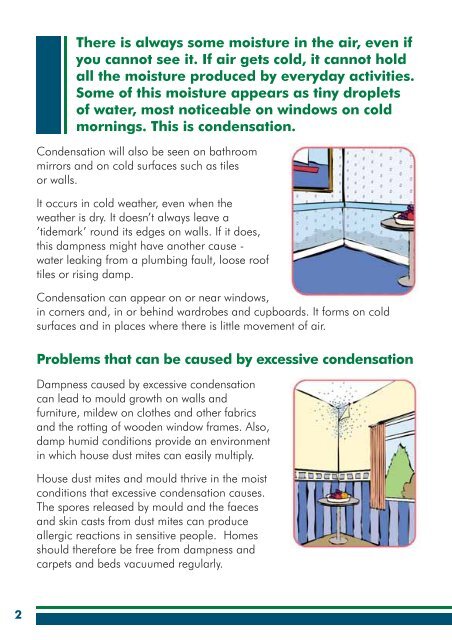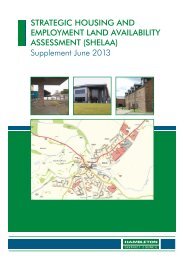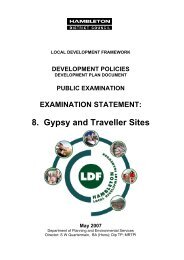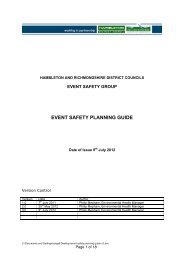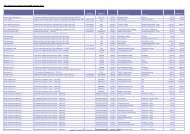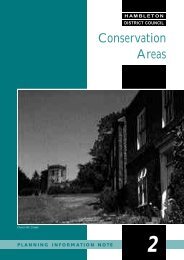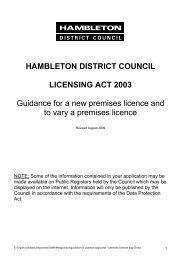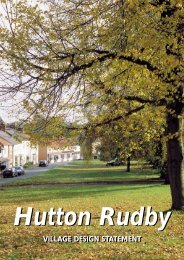CONDENSATION AND MOULD - Hambleton District Council
CONDENSATION AND MOULD - Hambleton District Council
CONDENSATION AND MOULD - Hambleton District Council
You also want an ePaper? Increase the reach of your titles
YUMPU automatically turns print PDFs into web optimized ePapers that Google loves.
There is always some moisture in the air, even ifyou cannot see it. If air gets cold, it cannot holdall the moisture produced by everyday activities.Some of this moisture appears as tiny dropletsof water, most noticeable on windows on coldmornings. This is condensation.Condensation will also be seen on bathroommirrors and on cold surfaces such as tilesor walls.It occurs in cold weather, even when theweather is dry. It doesn’t always leave a’tidemark’ round its edges on walls. If it does,this dampness might have another cause -water leaking from a plumbing fault, loose rooftiles or rising damp.Condensation can appear on or near windows,in corners and, in or behind wardrobes and cupboards. It forms on coldsurfaces and in places where there is little movement of air.Problems that can be caused by excessive condensationDampness caused by excessive condensationcan lead to mould growth on walls andfurniture, mildew on clothes and other fabricsand the rotting of wooden window frames. Also,damp humid conditions provide an environmentin which house dust mites can easily multiply.House dust mites and mould thrive in the moistconditions that excessive condensation causes.The spores released by mould and the faecesand skin casts from dust mites can produceallergic reactions in sensitive people. Homesshould therefore be free from dampness andcarpets and beds vacuumed regularly.2


